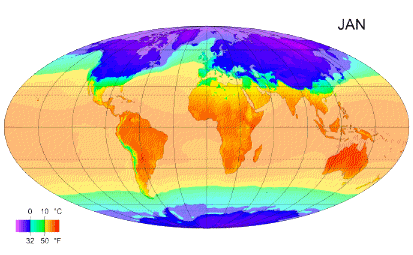 |
||||||||
 |
Research Research in our lab is revolving around the area of plant adaptation. We are setting up two themes of research, one being about physiological and molecular aspects of adaptation, the other about local adaptation to biological and physical factors, through which unique characteristics of each population are determined. These are detailed as follows: (1) Plants & Temperature - Adaptation at Physiological & Molecular Levels Plants native to a particular temperature zone (latitude and altitude) are likely to get upset when they are transferred to a new location where the temperature regime is quite different from the original. This suggests plants have adapted to flourish in rather specific temperature conditions. What mechanisms contribute to the temperature-specific distribution of plants? We are comparing two ecotypes of a model plant, using classical and molecular genetics and biochemical approaches to elucidate those underlying mechanisms. We initially focus on nighttime temperature conditions. Beside helping us better understand basic mechanisms of adaptation, this research will be useful for plant improvement programs where increasing atmospheric temperature is among the concerns. |
|||||
 |
||
*Animated graphic source: http://en.wikipedia.org/wiki/File:MonthlyMeanT.gif |
||
(2) Floral Traits - Local Adaptation & Population Differentiation Populations of the same plant species that occupy different geographical locations may exhibit obviously different phenotypes, meaning they have evolved and finally adapted to these specific environments. Understanding the evolutionary processes involved will enable us to realized how a new species come along. Within the same population, phenotypic variants occurs with different frequencies. Each variant might have different reproductive success rate, therefore at least in part explaining the corresponding frequencies. We are researching factors contributing to reproductive success of these variants, and trying to determine whether selection is going on. We have observed these variations (between and within population(s)) in orchids, which currently are used as our study systems. >> Research group page (restricted) |
||